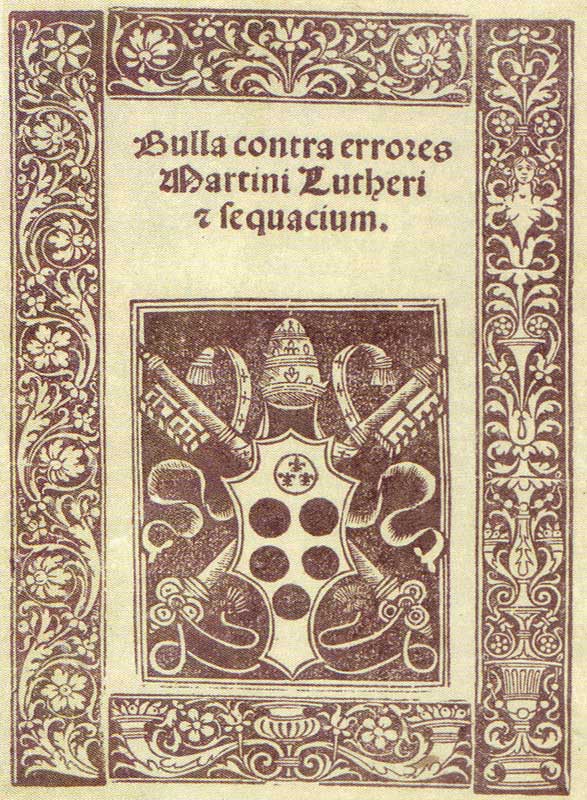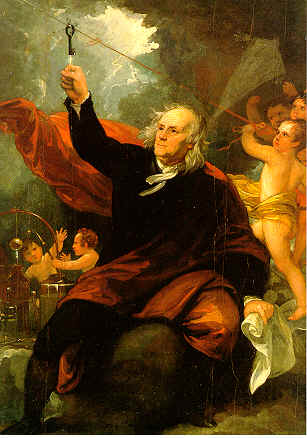I'm afraid of developing permanent crotch rot.
Here is your Today in History -
June 15, 1215 -
All the English Barons of the realm gathered with King John at Runnymede and presented him with a little document they'd prepared. They asked him either to sign the document or to specify what they should do with his remains. The king signed.
This was the Magna Carta, and therefore historical.

The terms of the Magna Carta (aka, "The Magna Charta," aka "The Big Chart") provided that freemen should be free, that freemen should not be put to death, that freemen should be able to get married, that freemen should only be judged by juries of other freemen, and that a measure of wine should be a measure of wine. The only people excepted from these liberties were the People.
(Our own Bill of Rights borrowed heavily from the Magna Carta, although it allowed that the People included people not previously considered the People, except in those cases in which the people were still not People.)
June 15, 1330 -
King Edward III was a famous English king, celebrated for his invention of manners and discovery of the economy. He played tennis, and once famously rebuked the King of France for having sent him his balls in a box.
King Edward established the Order of the Garter because he was what English nobles referred to as a "leg man." (It was he who also famously remarked, "Honi soit qui mal y pense," or "Honey, show us some cheesecake.")
King Edward had many sons, one of whom was born on June 15, 1330. This son he named Prince Edward. Though white at birth, he eventually became England's first Black Prince.
Prince Edward eventually married Joan of Kent. In her youth, Joan had been known as the "Fairly Made" because she was so fat; in later years she was referred to as "Chubster" and "Lardass," though seldom to her face.
At the age of sixteen, Prince Edward and his father the king led the English against the French at Crecy, in order to start the 100 years war. There were many more French than English, but the English had the advantage of the Long Boa. The French were powerless against this innovation. Ten years later, the English and French took the field again, this time at Poitiers. The French had learned from experience, and tried to counter the English Long Boa with their own Very Large Scarf. They failed. The English took France's King John prisoner and ransomed him for half a million pounds (250 tons). Prince Edward was kind to the French king, however, and prayed with him, which proved that the apple had not fallen far from the tree. (Edward was also a "legman.")
By now he had become the Black Prince.
In recognition of his prowess, the Black Prince was made the ruler of Aquitaine in 1362. When some of the French rebelled at Limoges in 1370, he had all 3000 inhabitants killed. This resulted in peace. The Black Prince died before he could succeed to the throne, thereby losing the opportunity to become England's first Black King.
Edward and Joan had two children. One was Edward, who died in infancy and was therefore ineligible to be king. The other was Richard, also known as Richard II, who succeeded to the throne only to abdicate in favor of Henry IV, Part 1.
Following Henry IV Parts 1 and 2 came Henry V, then Henry VI parts 1, 2, and 3, and then finally Richard III.
June 15, 1409 -
Petros Philargos is elected Pope Alexander V by the Council of Pisa. This poses a certain amount of difficulty and increased the amount of Papal Bull, as there already is a Pope in Rome, Gregory XII, and another in Avignon, Benedict XII. Ultimately, none of the three is willing to step down, leading the Chuch into a double schism.
On June 15, 1520, Pope Leo X (no relation to Malcolm or the Generation) excommunicated Martin Luther with a papal bull.

Pope Leo X is famous for his use of bulls, although not quite as famous (and we know it's not true) as Catherine the Great for her use of horses.
Dr. Jean-Baptiste Denys, the personal physician to Louis XIV, performed the first blood transfusion in history on June 15,1667. He performed the transfusion on a fifteen year old boy, using blood from a sheep.
The experiment was considered a success, although it was clearly a disappointment if you were rooting for the sheep.
On June 15, 1752, Benjamin Franklin flew a kite in a thunderstorm to prove his now famous theory that lightning is some powerful sh*t.

The General Slocum worked as a passenger ship, taking people on excursions around New York City. On June 15, 1904, the ship had been chartered for $350 by the St. Mark's Evangelical Lutheran Church in the German district Little Germany, Manhattan. This was an annual rite for the group, which had made the trip for 17 consecutive years. Over 1,300 passengers, mostly women and children, boarded the General Slocum. It was to sail up the East River and then eastward across Long Island Sound to Locust Grove, a picnic site in Eatons Neck, Long Island. It caught fire and burned to the water line in New York's East River.
More than 1,000 people died in the accident, making it New York City's worst loss-of-life disaster until the September 11, 2001 attacks.
June 15, 1955 -
The Eisenhower administration stages the first annual OPAL exercise. In the "Operation Alert" drill, air raid sirens blare across America to assess our preparations for a nuclear attack.
Duck and cover, people.
June 15, 1969 -
Hee Haw debuts on CBS television as a summer replacement for the Smothers Brothers Comedy Hour.
The country bumpkin musical comedy show quickly becomes an institution, airing weekly until its demise in December 1997.
And so it goes.
No comments:
Post a Comment